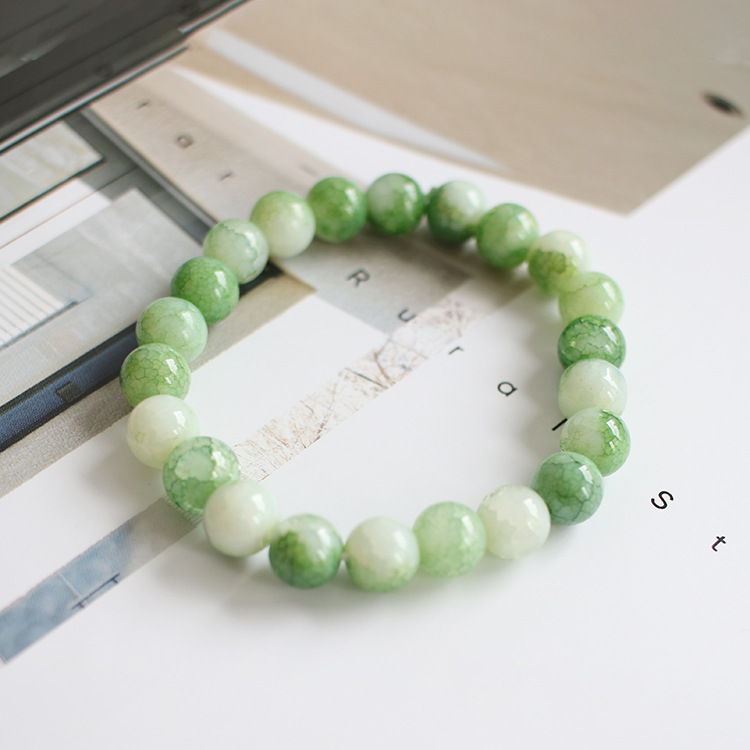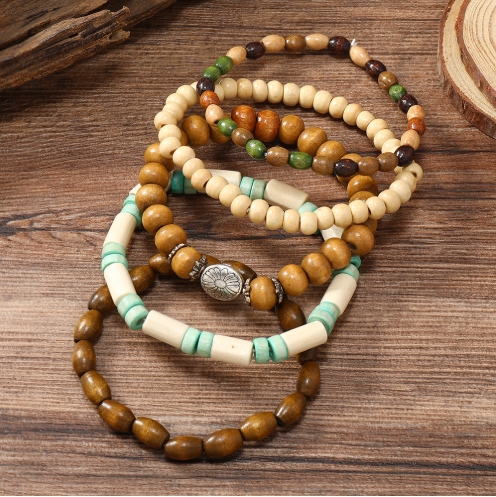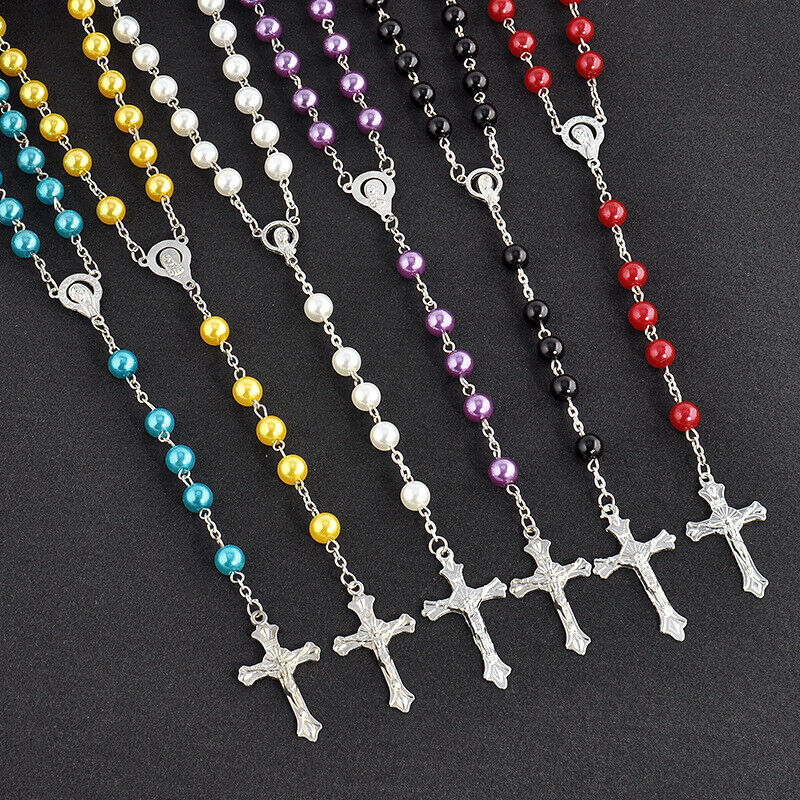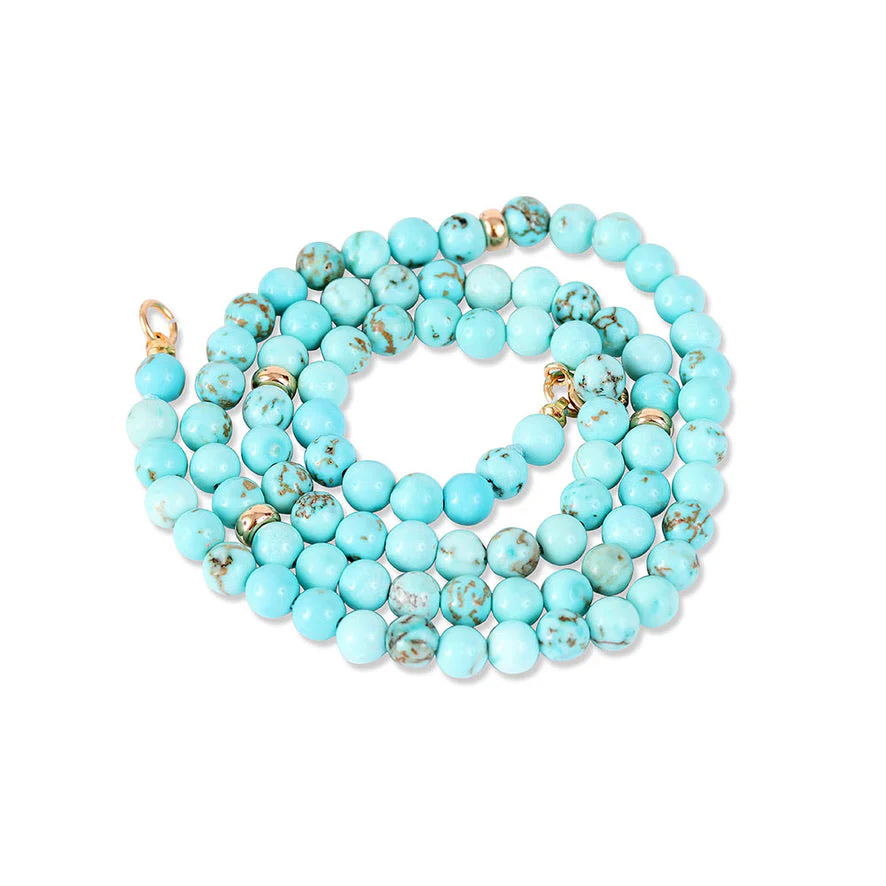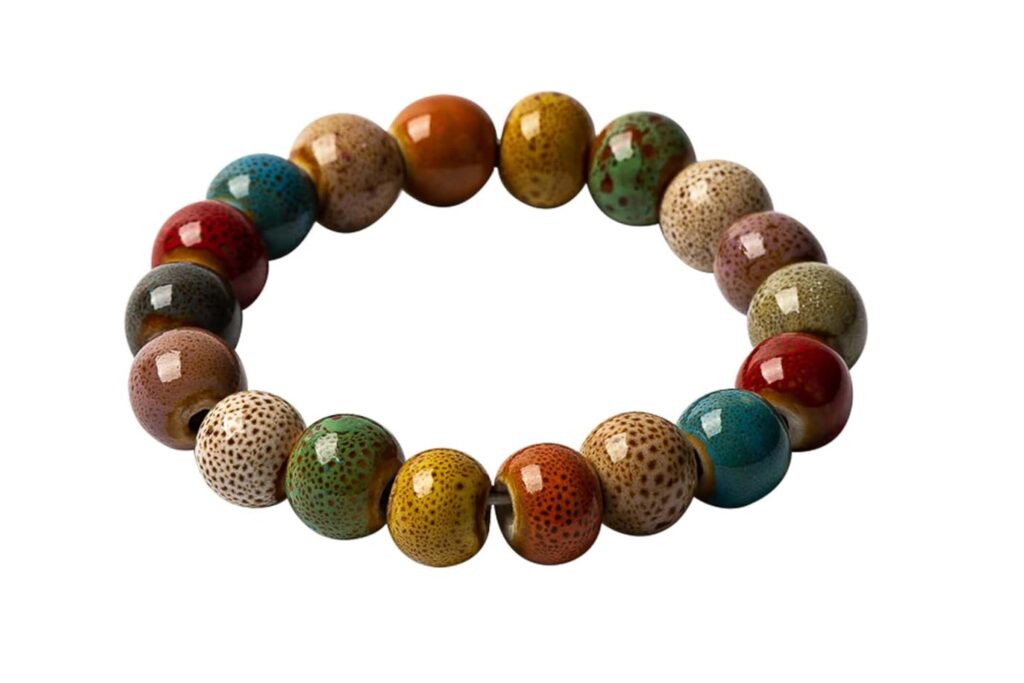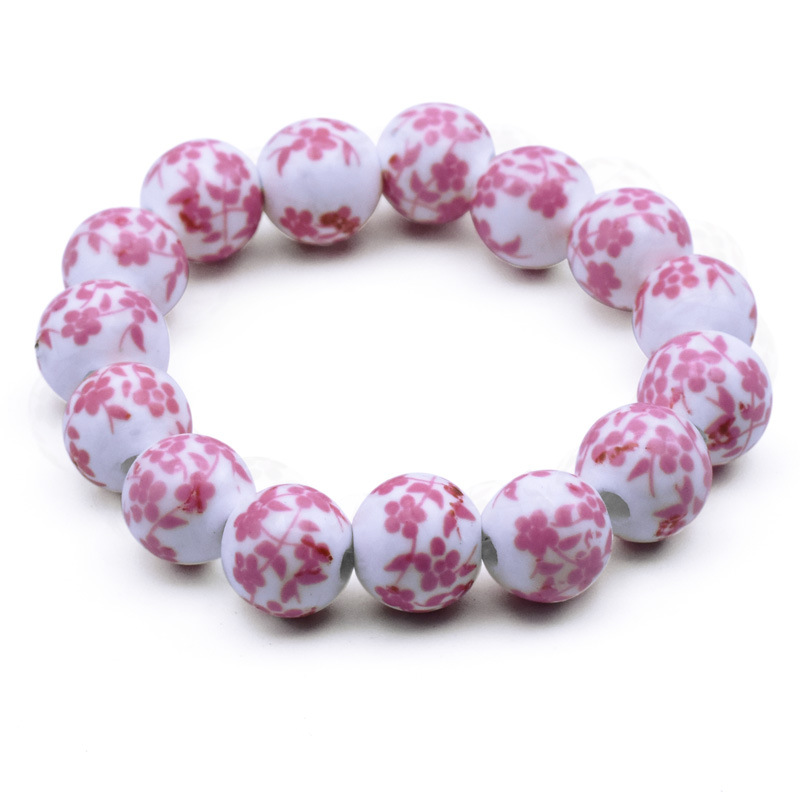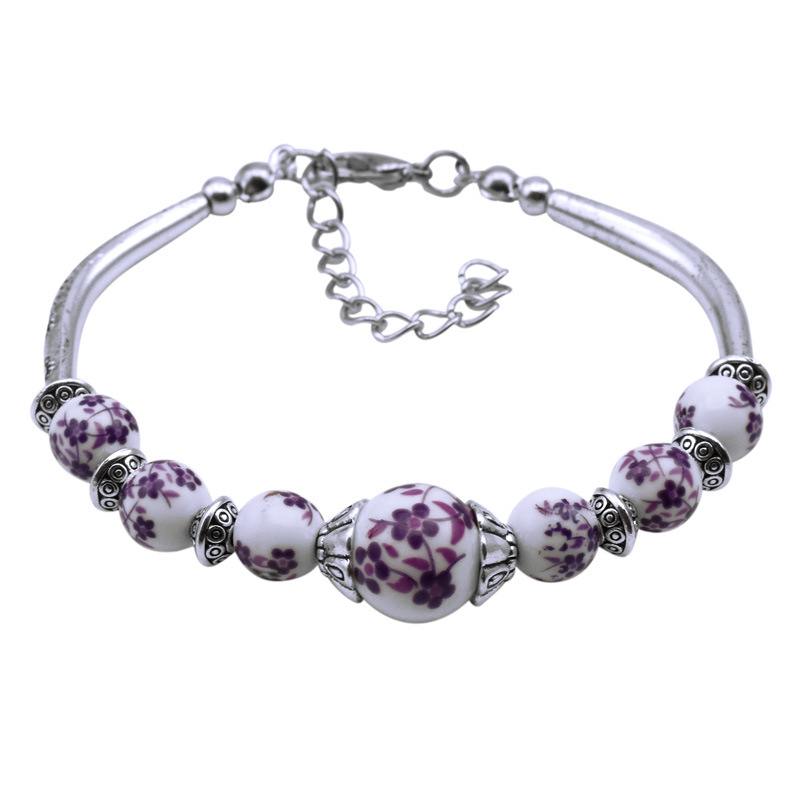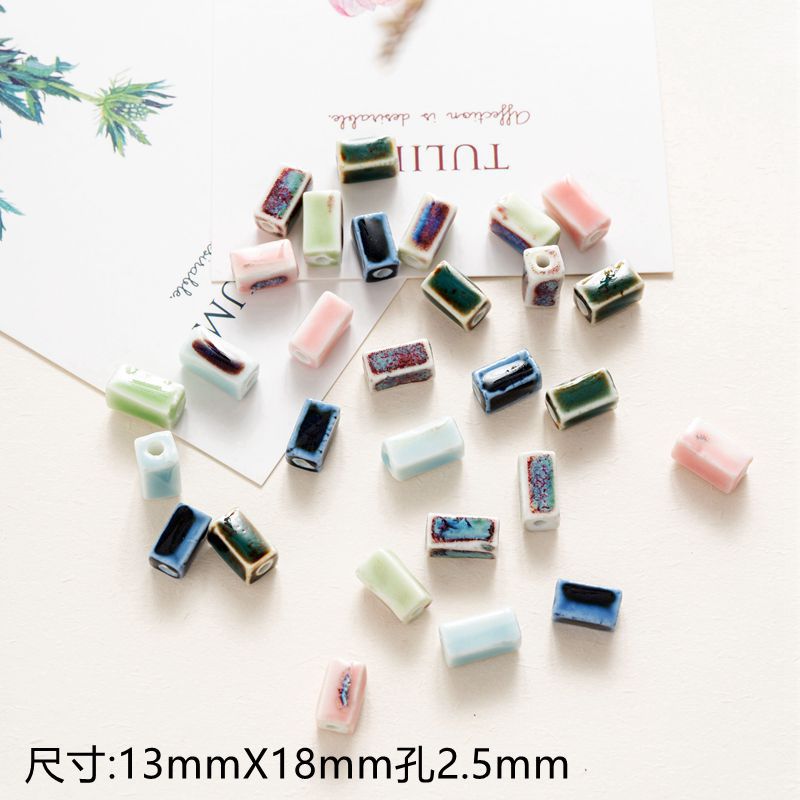When comparing luxury ceramic bracelets to those made from other materials, several key differences and similarities arise, notably in terms of weight, durability, hypoallergenic properties, and aesthetic appeal.
Weight and Comfort
Ceramic is notably lightweight, roughly one-third the weight of gold, allowing for bold yet comfortable designs. This contrasts sharply with metals like tungsten, which are significantly heavier. The lightweight nature of ceramic makes it an ideal choice for individuals seeking both elegance and comfort.
Durability and Hardness
Ceramic bracelets are renowned for their hardness and scratch resistance, making them extremely durable. On the Mohs scale, ceramic scores a 7, while tungsten carbide scores a 9, indicating that both materials are very strong and resistant to scratches. However, ceramic can be prone to shattering or chipping under significant impact, which is less common with metals such as tungsten.
Hypoallergenic Properties
For those with skin sensitivities or allergies, ceramic is an excellent choice due to its hypoallergenic nature. While tungsten rings usually contain a small percentage of nickel, which can cause skin allergies for some individuals, ceramic is completely free from such metals, reducing the risk of skin irritation. Titanium also shares these hypoallergenic properties, making both ceramic and titanium viable options for sensitive skin.
Aesthetic Versatility
Ceramic’s ability to be colored in a vast array of shades, from brilliant white to vanta-black, offers unmatched aesthetic versatility. This allows for the creation of highly personalized and visually striking pieces. In addition, ceramic bracelets can be enhanced with sparkling sapphires, adding a touch of luxury and sophistication. The unique, smooth finish of ceramic also contributes to its contemporary appeal, setting it apart from traditional metals.
Maintenance and Longevity
Ceramic bracelets maintain their color and luster over time, without fading or tarnishing. This longevity is a significant advantage over some metals that may tarnish or require regular maintenance. While ceramics are durable, it’s important to handle them with care to avoid chipping, a drawback not commonly associated with more ductile metals like platinum or gold.
Care and Maintenance
Proper care and maintenance are essential for preserving the beauty and longevity of luxury ceramic bracelets. Despite their durability, ceramic bracelets require specific handling to prevent damage and maintain their pristine appearance. Here are some detailed guidelines to help you keep your ceramic jewelry in excellent condition.
Precautions While Wearing
To keep your ceramic bracelet looking its best, remember the following precautions:
Avoid Direct Impact: Though durable, ceramic can crack or chip upon hard impacts. Be cautious when wearing ceramic bracelets, especially during activities like gardening or sports.
Limit Exposure to Chemicals: Lotions, perfumes, and hairsprays can react with the ceramic surface or any protective glaze. It’s a good practice to wear your jewelry last when getting dressed.
Temperature Changes: Rapid temperature changes can be detrimental to ceramic jewelry, mainly if they have been glazed. Avoid wearing them when they might be exposed to sudden temperature shifts, like moving from a hot sauna to a cold pool.
Cleaning
Routine cleaning can significantly enhance the longevity and appearance of your ceramic bracelets:
Mild Soap and Water: Use lukewarm water mixed with a few drops of mild soap for routine cleaning. Gently scrub the jewelry using a soft cloth or a soft-bristled toothbrush. Rinse thoroughly and pat dry with a lint-free cloth.
Avoid Harsh Chemicals: Stay clear of using bleach, ammonia, or other strong chemicals as they might damage the glaze or color of the ceramic.
Polishing: If your ceramic jewelry has a metal component, you can polish the metal with a soft cloth. Be cautious to avoid excessive rubbing on the ceramic parts.
Storage
Proper storage can prevent unwanted damage such as chipping or cracking:
Soft-lined Jewelry Box: Store each piece separately in a soft-lined compartment or jewelry box to prevent them from rubbing against other items.
Avoid Stacking: Heavy pieces or those with sharp edges should not be stacked on top of one another, as this can lead to chipping. Following these care and maintenance tips can help ensure that your luxury ceramic bracelet remains a cherished part of your collection for years to come.
